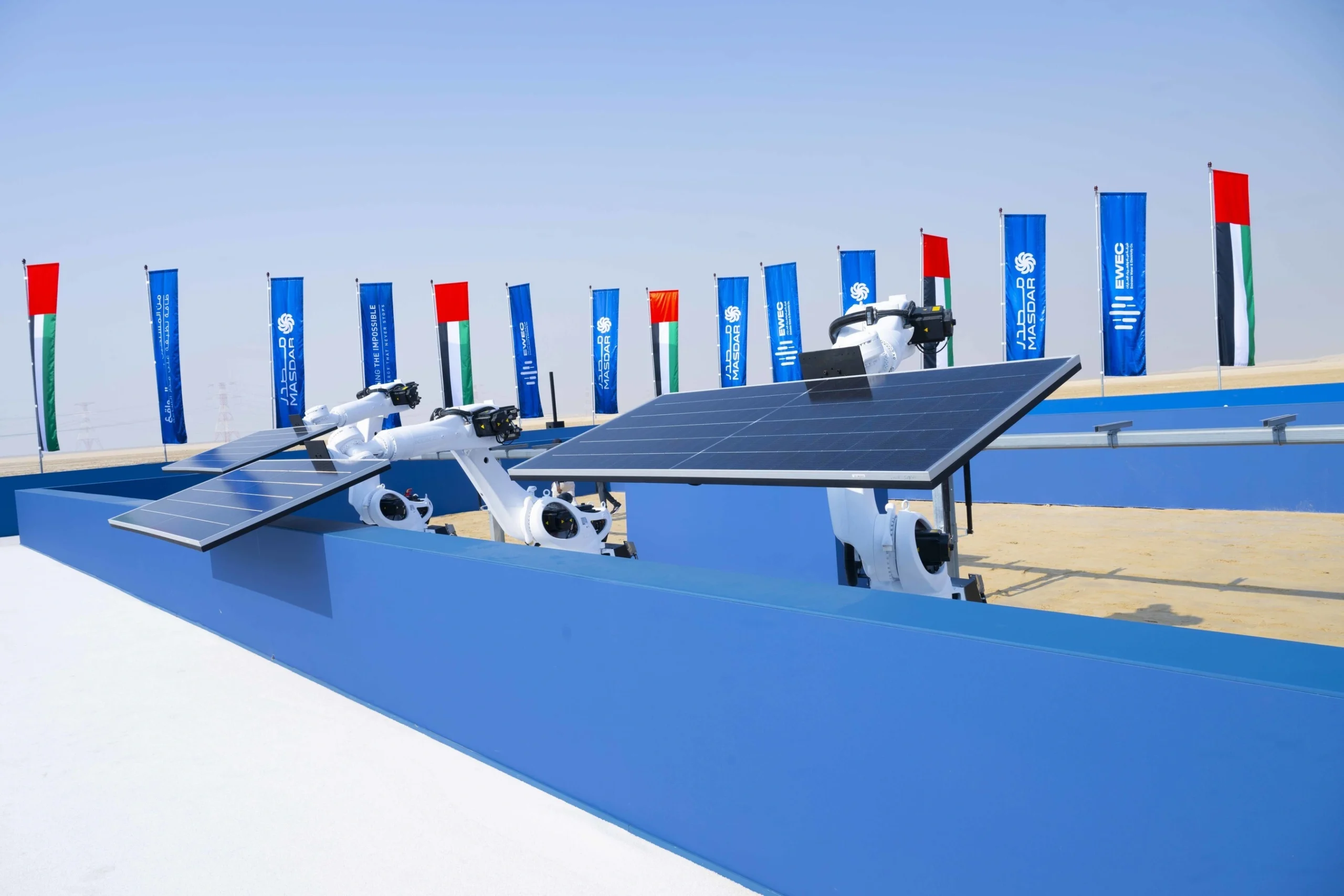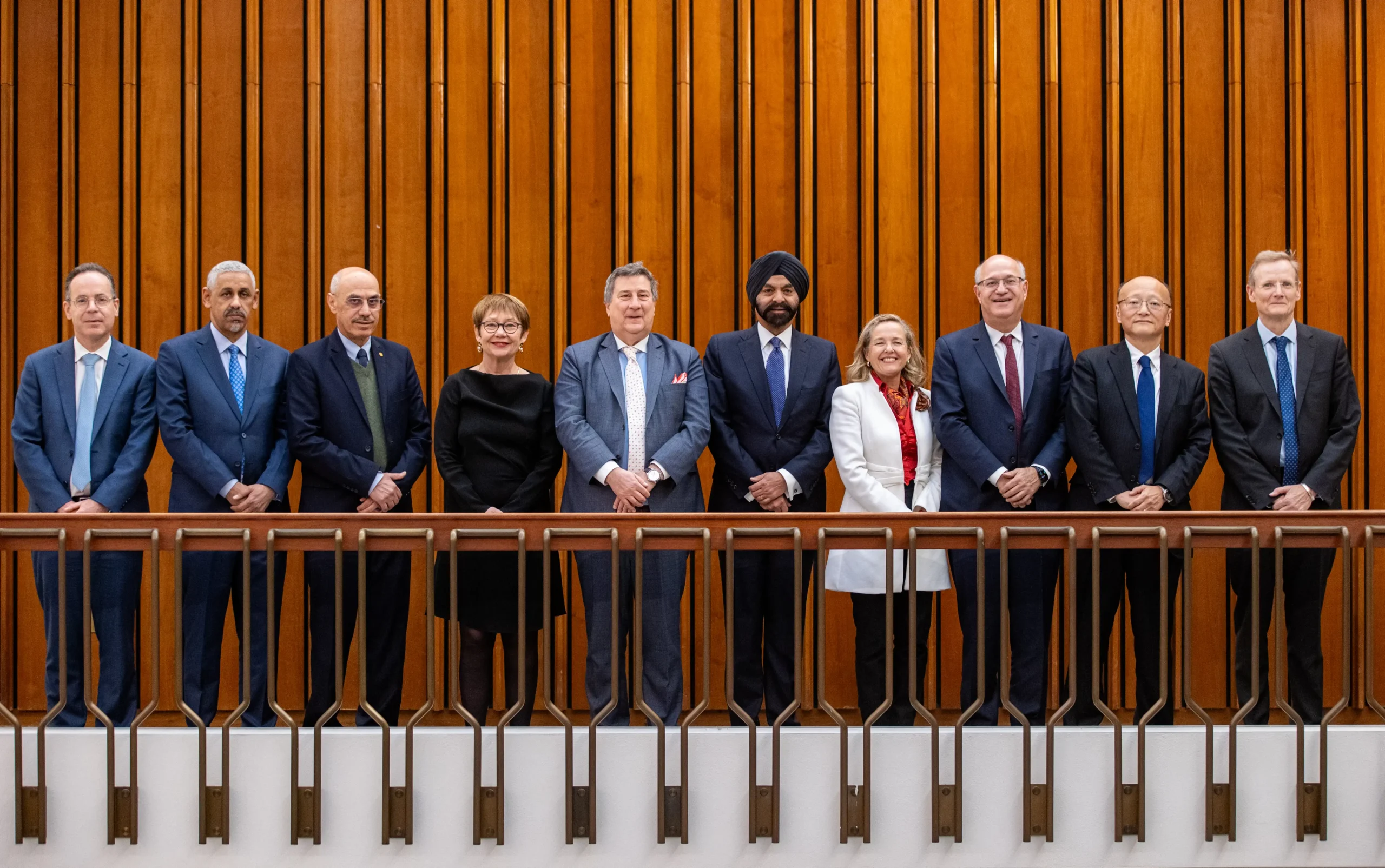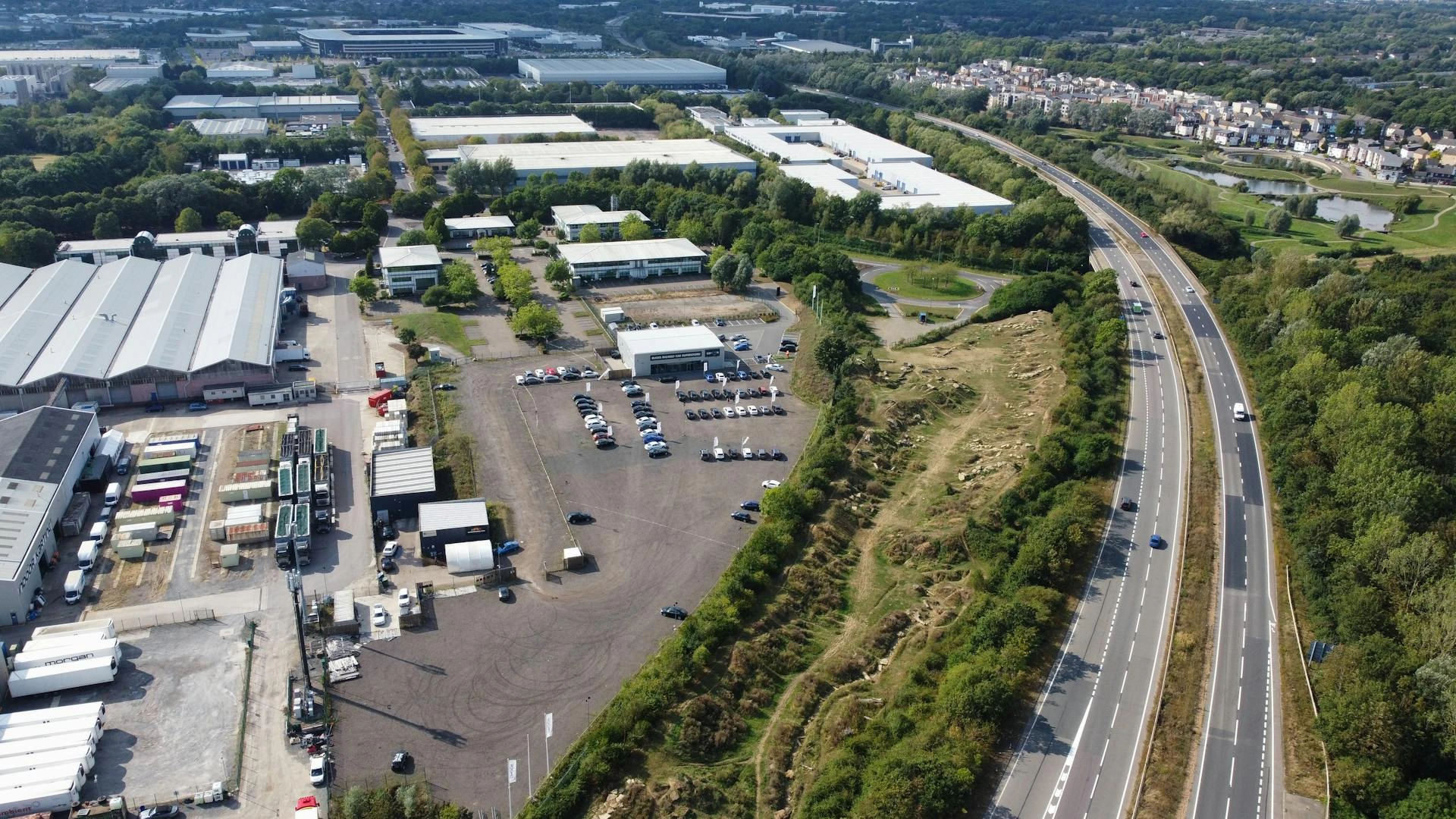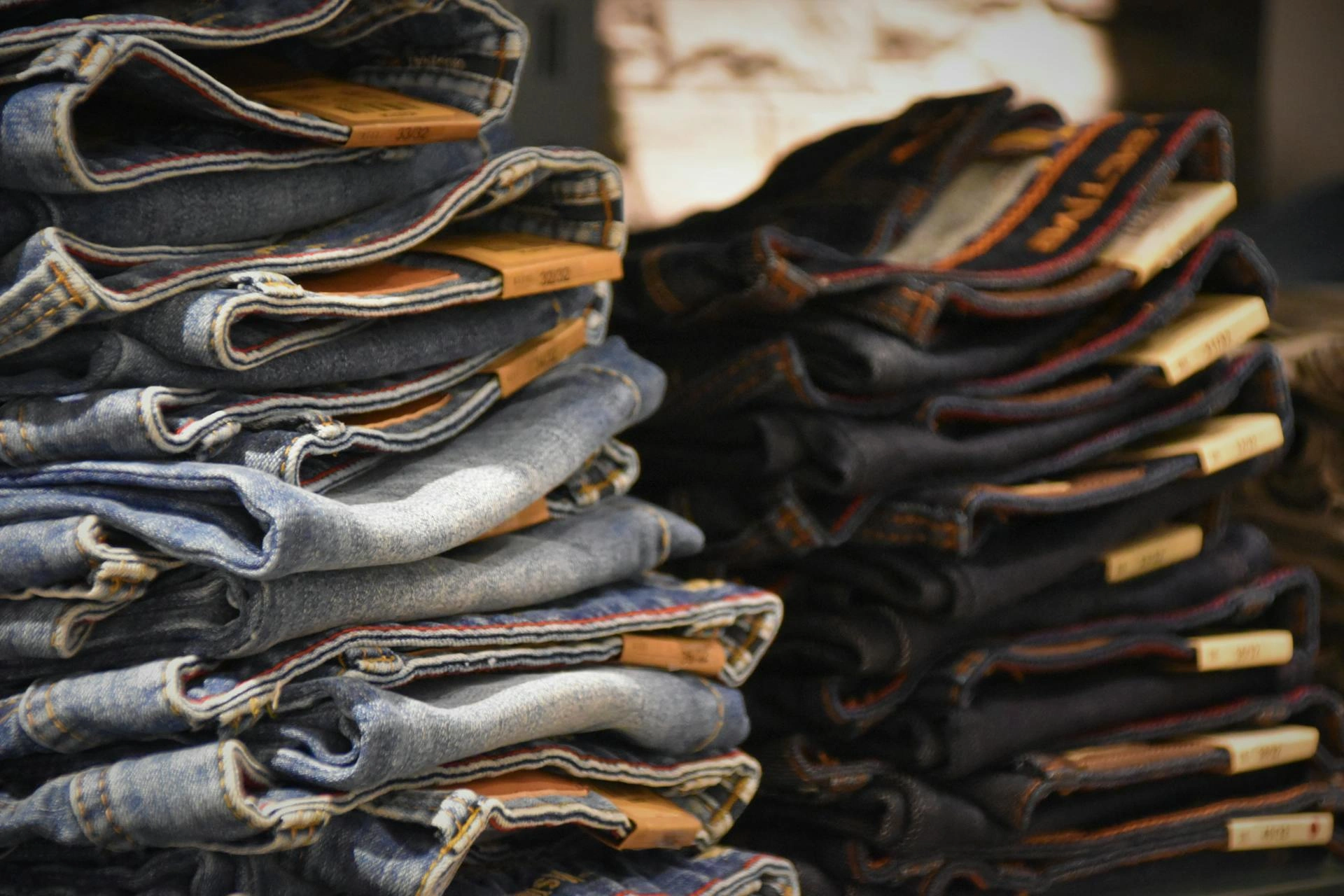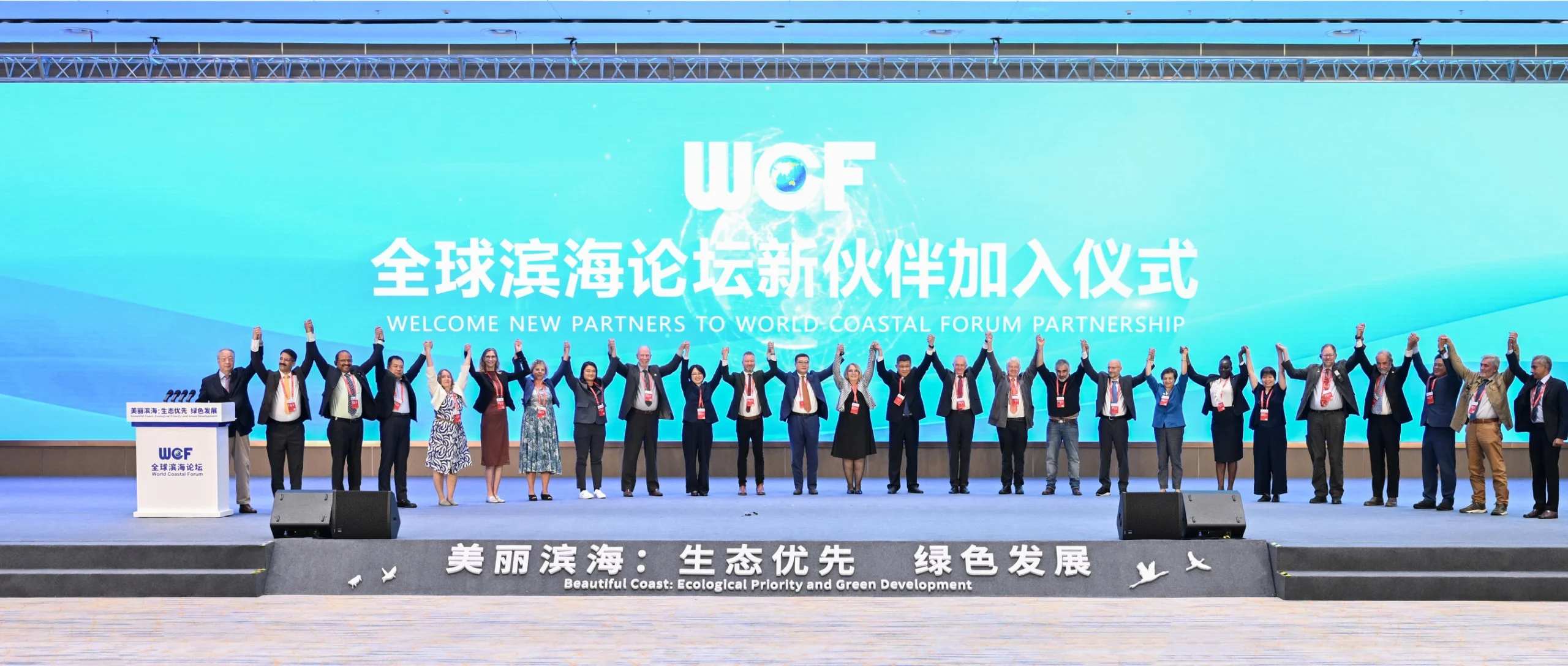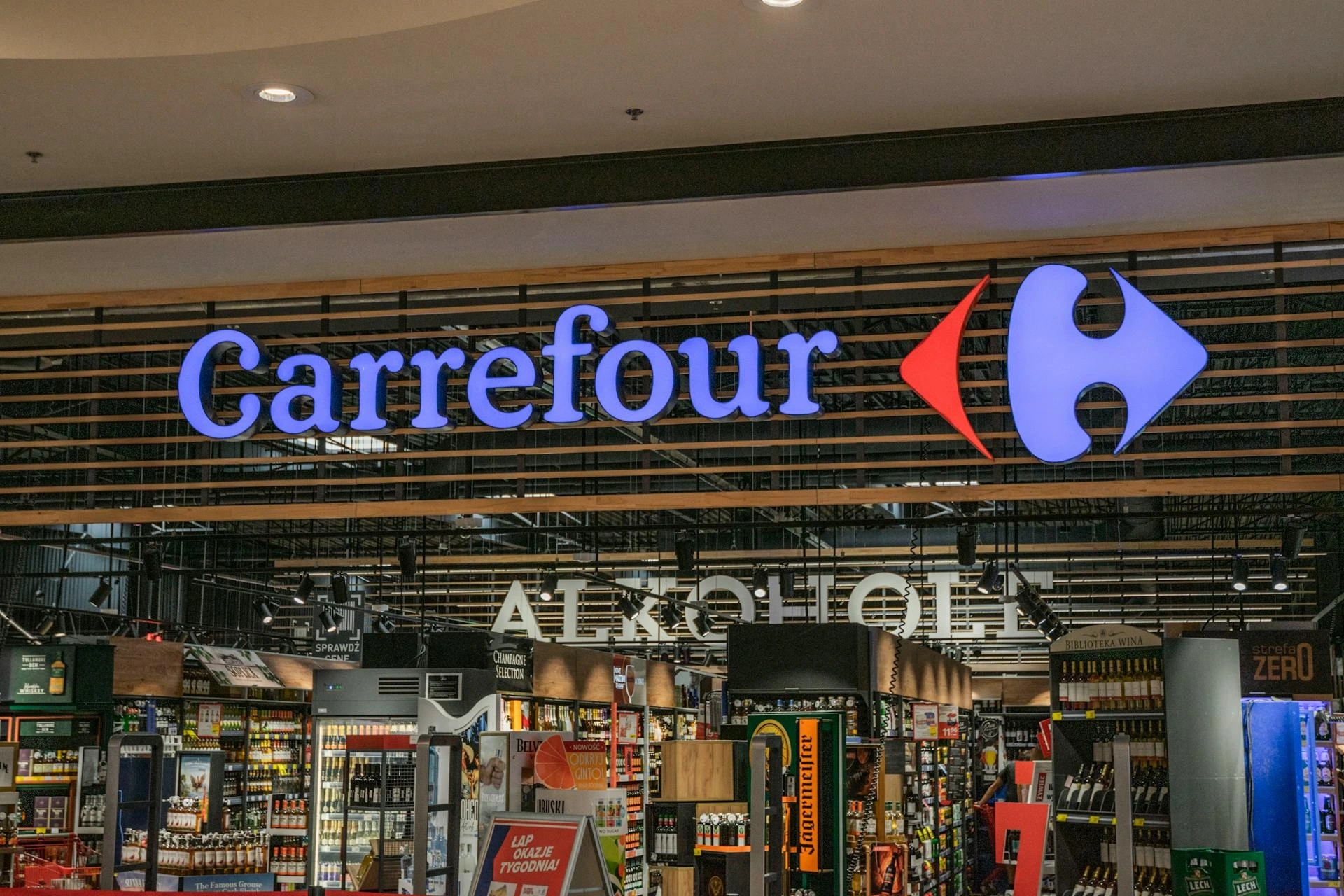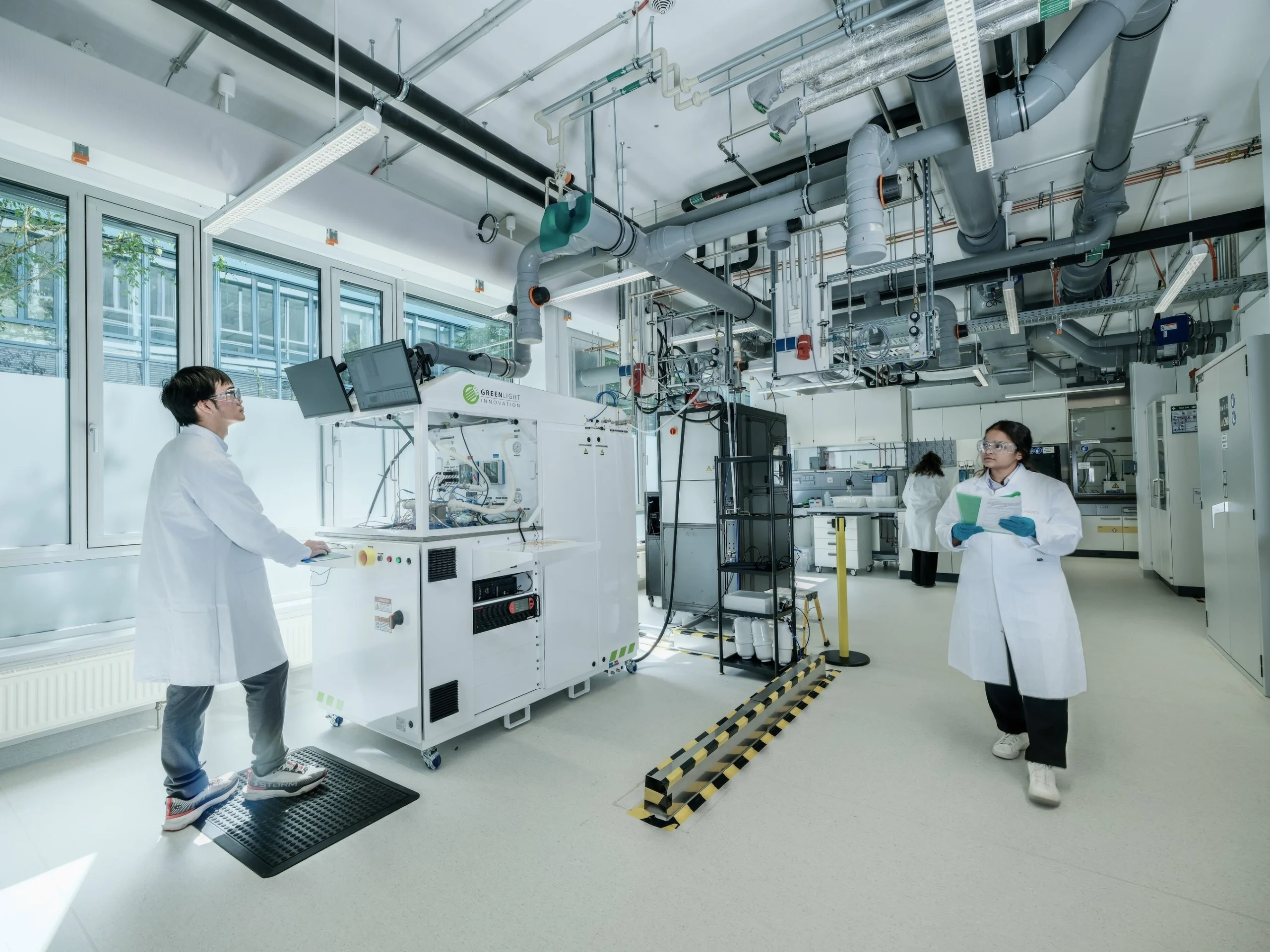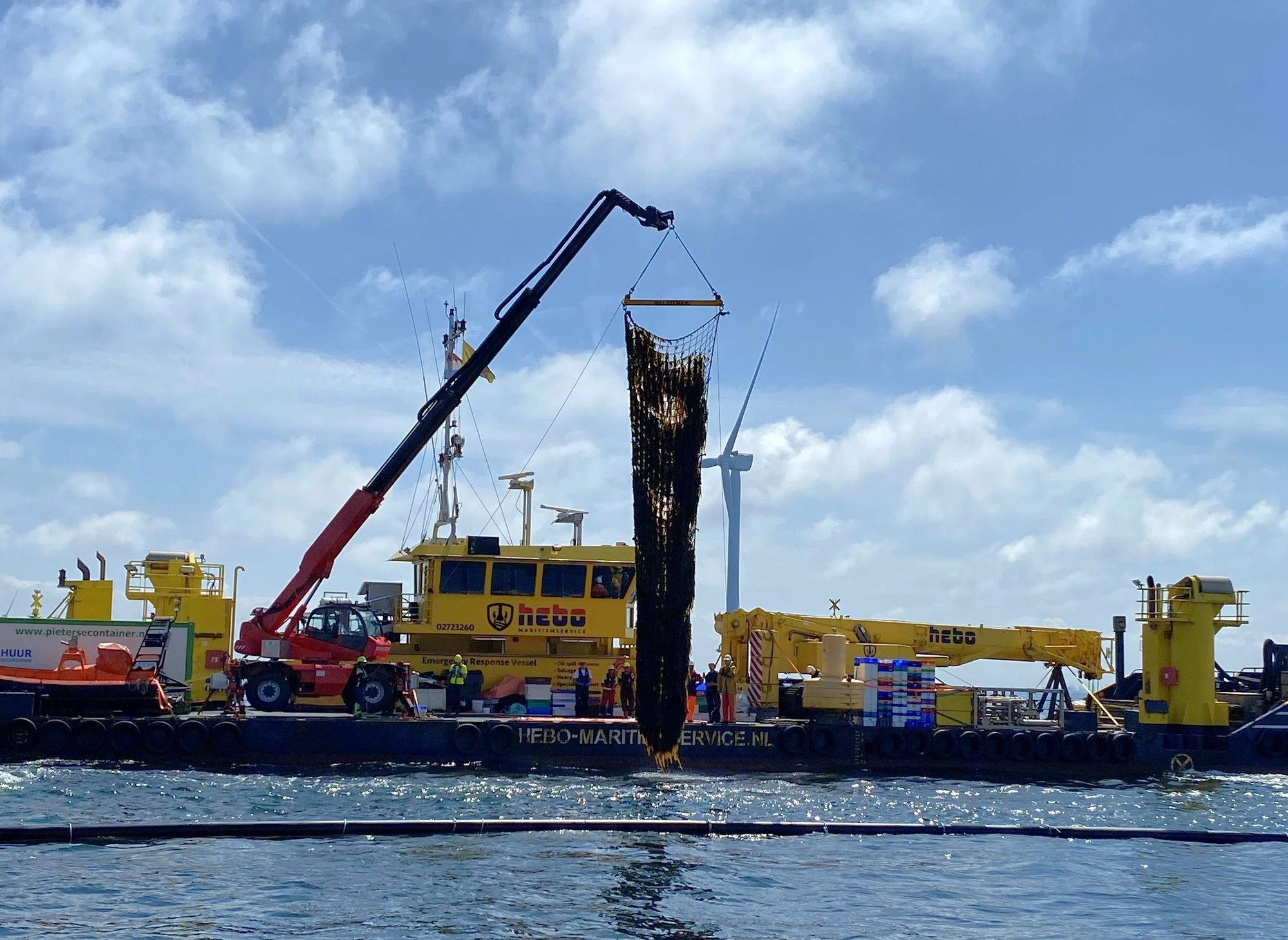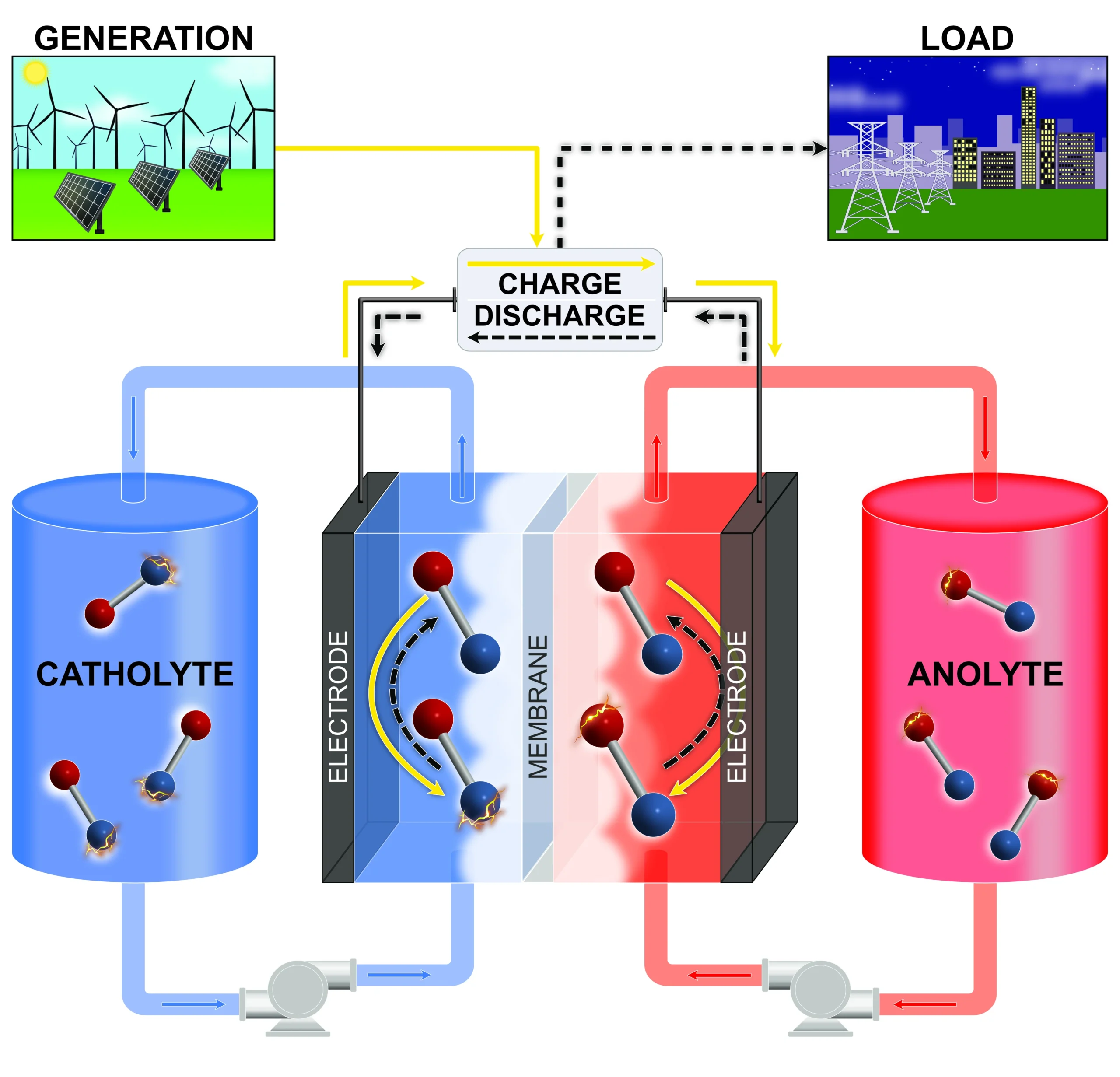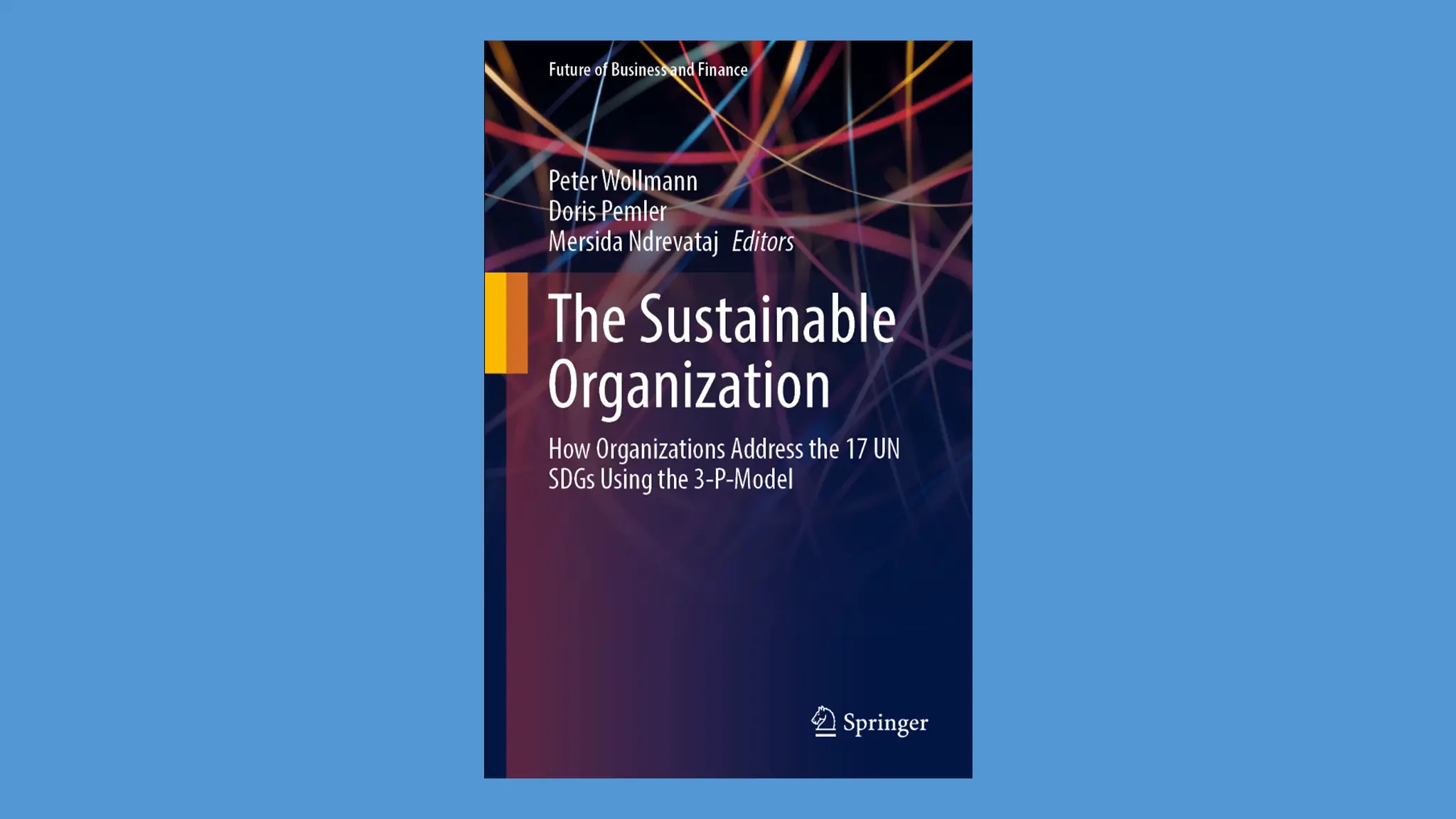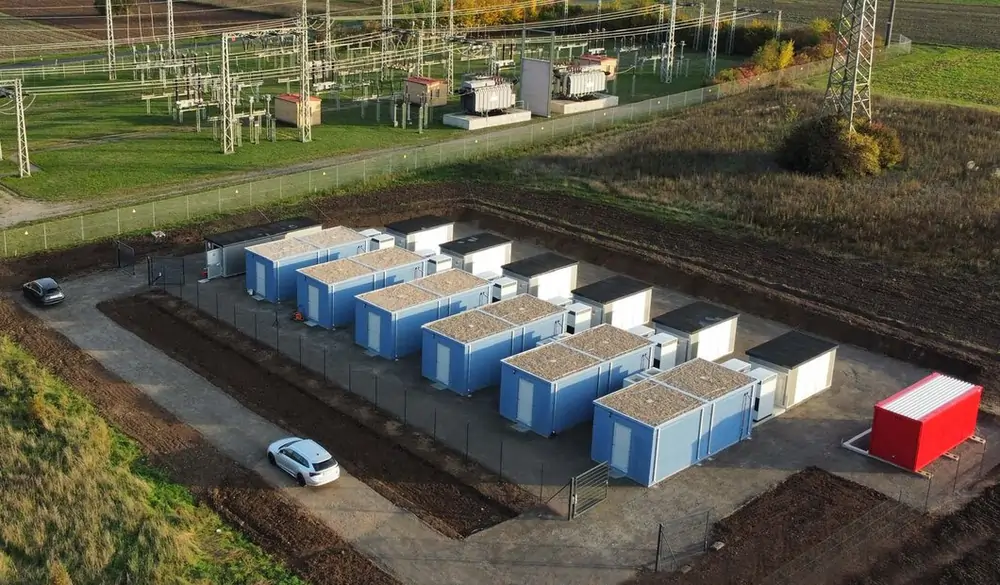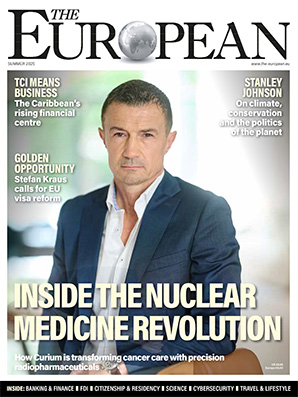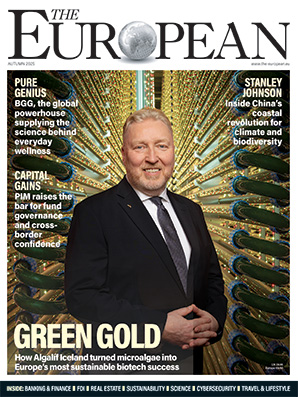Courage in an uncertain world: how fashion builds resilience now

Global Fashion Agenda
- Published
- Sustainability

Global Fashion Agenda, the non-profit advancing sustainability in the fashion sector, warns that the cost of failing to address climate and supply-chain risks will soon outweigh the capital needed to decarbonise, secure supply chains and embed sustainable practices. Its Fashion CEO Agenda 2025 outlines a five-point framework — spanning fair work, wages, resource stewardship, material choices and circular systems — and calls for the leadership courage to turn strategy into delivery
In 2025, leaders are steering their companies through a landscape defined by volatility. Demand patterns are shifting, supply chains are under strain, and geopolitical tensions are redrawing trade routes. Yet amid this uncertainty, one reality is inescapable. Climate change is the defining certainty that will shape every balance sheet and board agenda over the decade ahead. For fashion, resilience is no longer a communications ambition. It is a leadership discipline.
This year also marks a pivotal mid-decade reflection point — with less than five years to deliver on the UN Sustainable Development Goals and only three years left to alter the trajectory of global warming. Against this backdrop, fashion’s leaders face a stark reality. Resilience begins with a clear premise: the cost of not acting on sustainability will outpace the investments required to address it. Short-term savings achieved by deferring decisions on decarbonisation, worker protections or material transitions are quickly erased by disruptions, reputational exposure and compliance risk. Conversely, companies that align capital, operations and incentives behind measurable impact build a sturdier footing in uncertain markets.
Global Fashion Agenda, the non-profit organisation that fosters collaboration on sustainability in fashion to accelerate impact, has long argued that sustainability cannot sit on the sidelines of corporate strategy. It must be embedded at the core of decision-making if the industry is to build true resilience. The Fashion CEO Agenda 2025 was developed as a practical leadership tool for exactly this moment. It sets out five interlinked priorities that remain essential for a net-positive fashion industry: respectful and secure work environments, better wage systems, resource stewardship, smart material choices and circular systems. These are not abstract pillars. They are the areas where leaders can act now to reduce risk and create value.
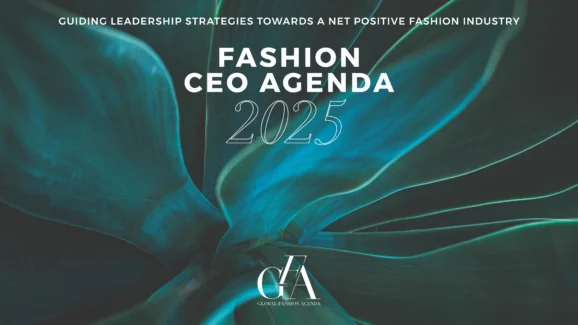
The 2025 edition also identifies accelerators that cut across every priority. Innovation, capital, incentives and regulation are well recognised. Yet the less tangible accelerator is often the decisive one: courage. In an era of economic pressure and rising scrutiny, courageous leadership is the willingness to make longterm investments, to standardise and disclose, to collaborate across competitive lines, and to accept that transformation is uncomfortable before it is profitable. Courage is not rhetoric. It is a sequence of choices that move an organisation from intent to implementation.
Take purchasing practices. Brands cannot credibly champion dignity at work while their buying decisions undermine lead times, pricing and stability at facilities. Responsible purchasing, designed with suppliers and worker representatives, strengthens human rights due diligence and reduces operational risk. It also builds the trust required to implement new wage systems, expand collective bargaining coverage and protect migrant workers. These are the foundations of social resilience. They are also the preconditions for productivity and retention in tight markets.
On environmental resilience, the direction is equally clear. Most of the sector’s emissions sit in Scope 3, which means decarbonisation must be delivered with suppliers. Leaders are shifting freight away from air, investing in renewable energy and electrification, and phasing out on-site coal in manufacturing. They are strengthening freshwater stewardship and chemical management, while backing innovations that bring textileto-textile recycling to scale. Circular business models are no longer side experiments. They are becoming central to reducing overproduction and building new revenue streams from services like resale, repair and remaking. Each of these moves requires capital and cross-functional ownership. Each builds organisational resilience.
Material choices are another lever. Transition plans that prioritise preferred materials with lower climate impact, regenerative agriculture where relevant, and supply chains free from deforestation and conversion are now part of credible risk management. They also respond to the policy direction across key markets and to the expectations of investors who are asking how targets translate into procurement and product decisions.
Critically, courageous leadership recognises that progress cannot come at the expense of people’s livelihoods. As automation expands and new compliance expectations emerge, companies that invest in inclusive reskilling, worker voice and safe conditions build resilience that spreadsheets alone cannot capture. The result is a more stable, adaptable supply network and a brand that is better aligned with social expectations.
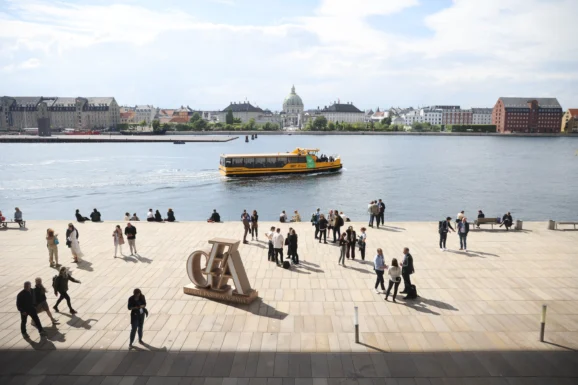
“Climate change is the defining certainty in an uncertain global world, impacting all lives and communities,” warns Global Fashion Agenda’s CEO, Federica Marchionni. “The investments needed to future-proof businesses will keep increasing and the cost of inaction will inevitably become greater than the investments needed to address it. This year’s Fashion CEO Agenda provides leaders with a clear path to embed sustainability at the heart of corporate strategy, supported by enabling conditions that make bold action both possible and necessary.”
For executives planning cycles now, the message is pragmatic. Use the Fashion CEO Agenda as a leadership tool. Align your board and your teams around the five priorities. Secure the right capital structure to fund near-term actions that put you on track for 2030. Lean into innovation that solves for scale, not pilots in isolation. Engage with regulation early and constructively so your company helps shape effective, fair rules. Design incentives that reward impact delivery, not just intention.
Resilience in fashion is not about waiting out the storm. It is about building the systems that allow your company to adapt and thrive in a world where climate and social realities will define competitiveness. The path is clearer than it has ever been. The question for leaders is whether they will take it.
Further information
This article was produced in partnership with Global Fashion Agenda, the non-profit organisation advancing sustainability in fashion worldwide. To find out more about Fashion CEO Agenda 2025, search ‘Global Fashion Agenda’ or visit GlobalFashionAgenda.org
Disclaimer: Images courtesy of Global Fashion Agenda.
Read More: ‘Redress and UN network call for fashion industry to meet sustainability goals‘. Fashion is under pressure to clean up its supply chains, with campaigners warning that the sector lags behind on climate and social targets. At the UN General Assembly in New York, Redress and the UN Fashion and Lifestyle Network set out how designers are trying to close the gap.
Do you have news to share or expertise to contribute? The European welcomes insights from business leaders and sector specialists. Get in touch with our editorial team to find out more.
Main Image: Federica Marchionni, CEO of Global Fashion Agenda, opening Global Fashion Summit: Copenhagen Edition 2025
Sign up to The European Newsletter
RECENT ARTICLES
-
 Courage in an uncertain world: how fashion builds resilience now
Courage in an uncertain world: how fashion builds resilience now -
 UAE breaks ground on world’s first 24-hour renewable power plant
UAE breaks ground on world’s first 24-hour renewable power plant -
 Inside Iceland’s green biotechnology revolution
Inside Iceland’s green biotechnology revolution -
 Global development banks agree new priorities on finance, water security and private capital ahead of COP30
Global development banks agree new priorities on finance, water security and private capital ahead of COP30 -
 UK organisations show rising net zero ambition despite financial pressures, new survey finds
UK organisations show rising net zero ambition despite financial pressures, new survey finds -
 Gulf ESG efforts fail to link profit with sustainability, study shows
Gulf ESG efforts fail to link profit with sustainability, study shows -
 Redress and UN network call for fashion industry to meet sustainability goals
Redress and UN network call for fashion industry to meet sustainability goals -
 World Coastal Forum leaders warn of accelerating global ecosystem collapse
World Coastal Forum leaders warn of accelerating global ecosystem collapse -
 Miliband: 'Great British Energy will be self-financing by 2030'
Miliband: 'Great British Energy will be self-financing by 2030' -
 New ranking measures how Europe’s biggest retailers report on sustainability
New ranking measures how Europe’s biggest retailers report on sustainability -
 Music faces a bum note without elephant dung, new research warns
Music faces a bum note without elephant dung, new research warns -
 Scientists are racing to protect sea coral with robots and AI as heatwaves devastate reefs
Scientists are racing to protect sea coral with robots and AI as heatwaves devastate reefs -
 Munich unveils new hydrogen lab as Europe steps up green energy race
Munich unveils new hydrogen lab as Europe steps up green energy race -
 Seaweed and wind turbines: the unlikely climate double act making waves in the North Sea
Seaweed and wind turbines: the unlikely climate double act making waves in the North Sea -
 Coming to a shoe spore near you: the world’s first mushroom-made trainers
Coming to a shoe spore near you: the world’s first mushroom-made trainers -
 UK backs new generation of floating wind with Crown Estate leasing and £400m investment
UK backs new generation of floating wind with Crown Estate leasing and £400m investment -
 No lithium. No cobalt. No vanadium. The organic battery revolution begins
No lithium. No cobalt. No vanadium. The organic battery revolution begins -
 New book tackles the hard truths behind the UN’s 17 SDGs
New book tackles the hard truths behind the UN’s 17 SDGs -
 Exclusive: Breaking boundaries at the top of the world
Exclusive: Breaking boundaries at the top of the world -
 ees Europe: The rise of large-scale storage systems
ees Europe: The rise of large-scale storage systems -
 A clarion call in the fight against climate change
A clarion call in the fight against climate change -
 A renewable 24/7 energy supply – Technically feasible, profitable and versatile
A renewable 24/7 energy supply – Technically feasible, profitable and versatile -
 Scale up your support of nature
Scale up your support of nature -
 Fresh ideas for big goals: Start-ups setting new trends at The smarter E Europe 2025
Fresh ideas for big goals: Start-ups setting new trends at The smarter E Europe 2025 -
 The courts’ major role in climate protection
The courts’ major role in climate protection

